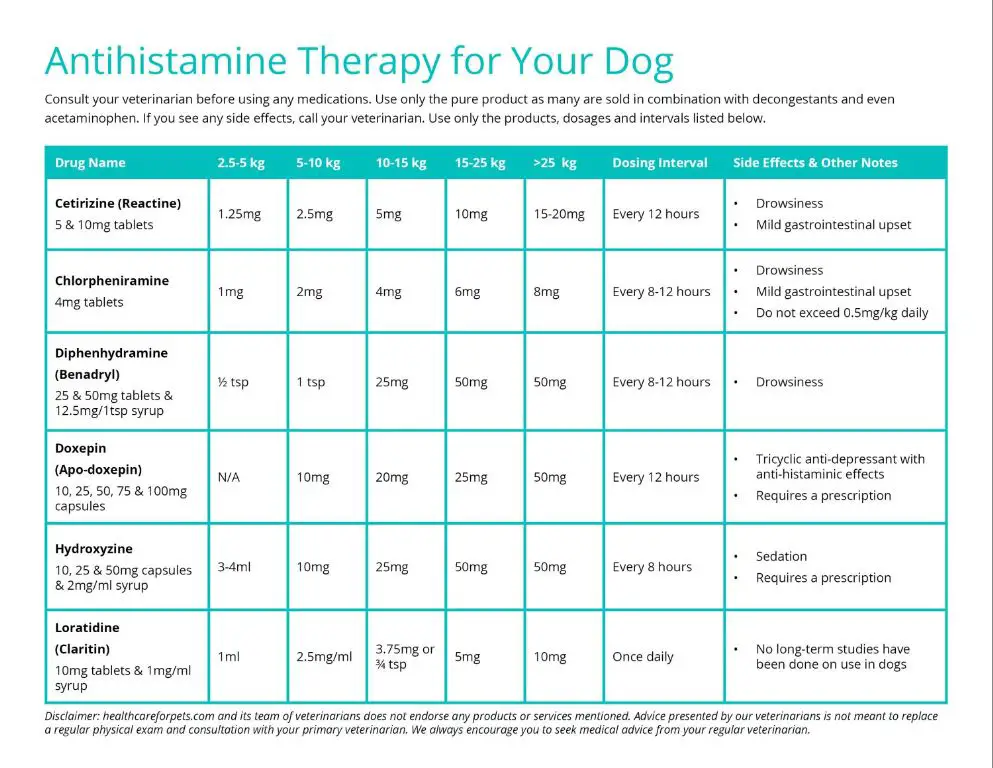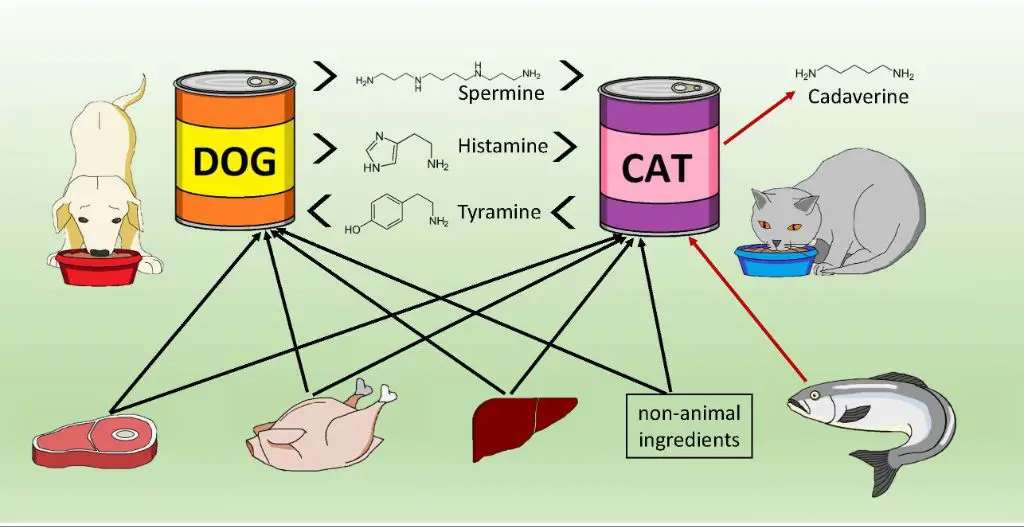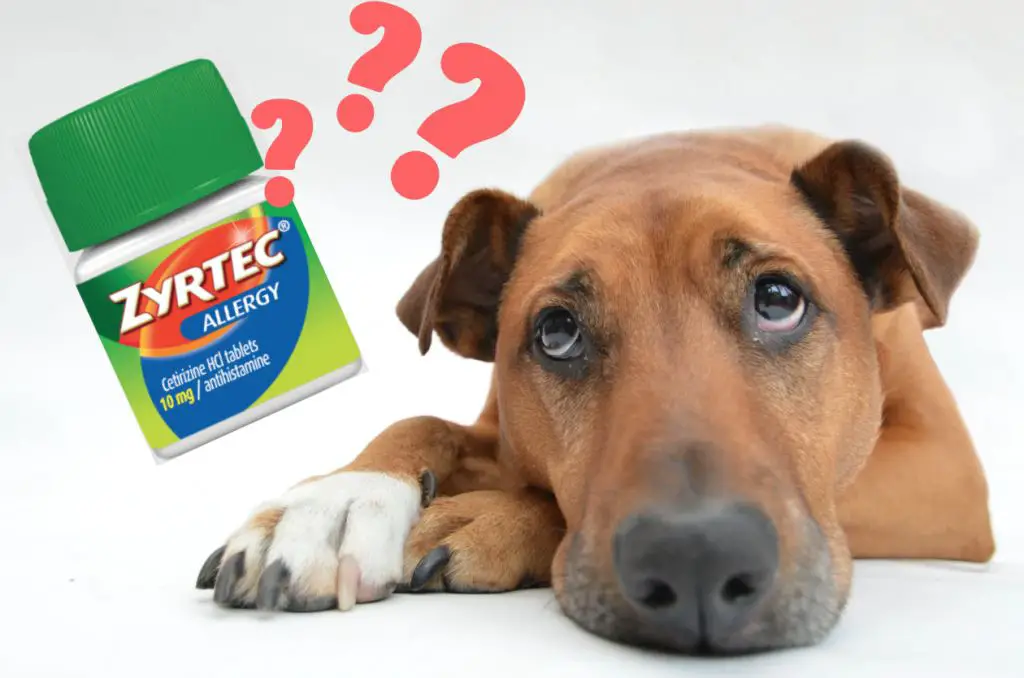Introduction
Dog allergies are becoming more common, affecting 10-20% of the population worldwide. Chan 2018. The most common symptoms of dog allergies include itching, hives, runny eyes and nose, as well as sneezing and asthma. Allergies occur when the immune system identifies harmless substances like dog dander or saliva as threats. This triggers an immune response that leads to the release of chemicals like histamine, which cause allergy symptoms. Itching is one of the most bothersome symptoms for dogs with allergies. Excessive itching can lead to skin damage, infections and discomfort.
What Causes Itching in Dogs?
There are several common causes of itching and scratching in dogs:
Flea Allergies
Fleas are a very common cause of itching and skin irritation in dogs. Some dogs are highly allergic to flea bites and saliva. Just one or two flea bites can trigger intense itching, redness, hair loss, scabs, and hot spots in sensitive dogs. The itching is usually focused around the tail, groin, abdomen, and legs. Effective flea prevention and treatment is essential for dogs with flea allergies.
Food Allergies
Dogs can develop allergies to ingredients in their food, leading to chronic itching and scratching. Food allergies typically cause itchy skin, rashes, and ear infections. They may induce itching of the face, feet, armpits, groin, or skin folds. Elimination diet trials are needed to diagnose and treat food allergies in dogs.
Environmental Allergies
Environmental allergies to things like pollen, mold, and dust mites are common in dogs. These seasonal or year-round allergies cause symptoms like itchy skin, recurrent ear infections, and skin irritation. The paws, belly, folds, and ears are often most affected. Immunotherapy allergy shots and medications can provide relief.
(https://vcahospitals.com/know-your-pet/pruritus-itching-and-scratching-in-dogs) (https://www.akc.org/expert-advice/health/why-is-my-dog-so-itchy/)
Symptoms of Itching in Dogs
Some common symptoms of itching in dogs include:
– Excessive scratching: Dogs with itchy skin will scratch, lick and chew at their skin constantly in an effort to relieve the irritation. This scratching can become excessive and develop into an obsessive behavior.
– Red, inflamed skin: The excessive scratching and licking can cause the skin to become red and inflamed. Red, irritated patches may start to appear, especially in areas the dog can reach to scratch like the belly, legs and paws.
– Hair loss: Persistent scratching and licking at the skin can cause hair loss and bald patches to develop. These areas of hair loss will usually occur where the dog scratches the most.
Other symptoms can include skin lesions, scabs, rashes and hot spots from excessive irritation. The constant scratching can also lead to skin infections that may require antibiotics to treat. If your dog is showing signs of severe, unrelenting itchiness and scratching, it’s important to see your veterinarian for an examination and advice on management.
Dangers of Excessive Itching
Excessive itching and scratching can lead to several dangerous health issues for dogs. The most common dangers include:
Skin infections – Constant scratching and biting at the skin can cause wounds and lesions that allow bacteria to enter and infect the skin. Dogs with excessive itching are prone to recurrent skin infections, such as pyoderma and yeast infections, that require antibiotic treatment. These infections can spread and worsen if not treated (VCA).
Wounds from scratching – Dogs that scratch, lick, and chew at their skin excessively can damage their skin and cause self-inflicted wounds. These wounds are prone to infection and can be difficult to heal if the dog continues to traumatize the area. Wounds may require bandaging, an Elizabethan collar, or other management to allow proper healing.
Behavioral issues – The sensation of constant itching can be very frustrating and uncomfortable for dogs. They may become obsessive with licking, chewing, or scratching, causing self-trauma. Itching may also lead to anxiety, restlessness, and other behavioral issues. Addressing the root cause of the itchiness is important for behavioral health (Merck Vet Manual).
Treatment Options for Itching
There are several treatment options that can provide relief for dogs suffering from itchy skin. Some of the most common treatments include:
Flea control products – Fleas are a very common cause of itching in dogs. Using effective flea control products like flea collars, oral tablets, topical treatments, or flea shampoos can help eliminate fleas and provide relief from the itching they cause.

Antihistamines – Antihistamines like diphenhydramine (Benadryl) can help block the histamines that cause itching. Antihistamines come in both oral and topical forms and can provide relief for some dogs. However, antihistamines may cause drowsiness so dosing needs to be discussed with your veterinarian.
Steroids – Steroids like prednisone have powerful anti-inflammatory effects and can help stop itching. However, steroids have many side effects with long-term use so they are usually only prescribed for short courses under veterinary supervision.

Immunotherapy – Allergy shots or allergen-specific immunotherapy can help desensitize dogs to whatever allergens are causing their itching over time. While immunotherapy takes months to work, it can provide long-lasting relief by addressing the root causes of allergies.
What is Zyrtec?
Zyrtec is the brand name for cetirizine, an antihistamine medication used to treat allergy symptoms. Cetirizine is the active ingredient in Zyrtec products and works by blocking histamine receptors. Histamine is a chemical released by the body during an allergic reaction that causes allergy symptoms like sneezing, itchy/watery eyes, runny nose, and itching.
Zyrtec tablets contain 10 mg of cetirizine hydrochloride as the active ingredient. This provides 24-hour relief from indoor and outdoor allergy symptoms. Zyrtec is available over-the-counter in tablet, liquid gel, chewable tablet, and syrup forms.
Cetirizine was first approved by the FDA in 1995 under the brand name Zyrtec. It is classified as a second-generation antihistamine medication. Compared to first-generation antihistamines like Benadryl, Zyrtec is less likely to cause side effects like drowsiness.
Some key facts about Zyrtec:
- Brand name for cetirizine hydrochloride
- Antihistamine that blocks histamine receptors
- Relieves allergy symptoms for 24 hours with a single dose
- Available over-the-counter without a prescription
- Comes in 10 mg tablets, liquid gels, chewables, and syrup
By blocking histamine receptors, Zyrtec provides effective relief for both indoor and outdoor allergy symptoms. It starts working within 1 hour and lasts for a full 24 hours with a single dose.
How Zyrtec Works
Zyrtec contains an active ingredient called cetirizine hydrochloride, which is a second-generation antihistamine. Antihistamines work by blocking histamine receptors and reducing the effects of histamine in the body. Histamine is a chemical released by the immune system during an allergic response. It causes many of the symptoms associated with allergies such as itching, sneezing, and runny nose or eyes. In dogs, histamine is one of the key chemicals involved in itchy skin reactions to allergens like pollen or dust mites.

By blocking histamine receptors, Zyrtec prevents histamine from binding to these receptors and activating them. This stops the itch signals from reaching the brain and reduces the allergic response and symptoms. So Zyrtec works to relieve itchiness in dogs primarily by preventing histamine from binding to receptors that mediate itching and allergic reactions. It’s important to note that Zyrtec only blocks some histamine receptors, which is why it may not completely eliminate all itchiness or allergic symptoms in all dogs.
Zyrtec Dosage for Dogs
When giving Zyrtec to dogs, it’s important to administer the proper dosage for your dog’s weight. The typical dosage of Zyrtec for dogs is 0.9-1.8 mg per pound of body weight given 1-2 times per day. Here are some general dosage guidelines:
- For dogs under 10 pounds: 2.5 mg (half a 5 mg tablet) 1-2 times daily
- For dogs 10-25 pounds: 5 mg 1-2 times daily
- For dogs 26-50 pounds: 10 mg 1-2 times daily
- For dogs over 50 pounds: 10 mg 1-2 times daily plus an additional 5 mg for every 10 pounds over 50 pounds
Zyrtec reaches peak effectiveness at around 1-2 hours after administration and lasts for approximately 24 hours. For allergic reactions, Zyrtec can be given daily during peak allergy season. For acute allergic reactions, it may be given for 3-5 days or as long as needed. Always follow your veterinarian’s dosage recommendations.
Zyrtec dosage should be reduced for dogs with liver or kidney disease. Avoid giving Zyrtec with other antihistamines, sedatives, or drugs that cause drowsiness as this can enhance side effects. Zyrtec is available as tablets or liquid suspensions that can be given directly in your dog’s mouth or mixed with food.
Effectiveness of Zyrtec
Studies have found that Zyrtec can be an effective treatment for itching and allergic reactions in dogs. One study published in the journal Veterinary Dermatology looked at the effects of cetirizine (the active ingredient in Zyrtec) on dogs with atopic dermatitis over 8 weeks. The researchers found that cetirizine reduced overall itching in 18% of the dogs (https://www.ncbi.nlm.nih.gov/pmc/articles/PMC548625/).
Compared to other antihistamines like hydroxyzine and chlorpheniramine, Zyrtec tends to have higher success rates for treating itchiness and allergies in dogs. In human studies, cetirizine has also been shown to have a lower incidence of sedative side effects compared to some first-generation antihistamines (https://vcahospitals.com/know-your-pet/cetirizine).
However, Zyrtec may not work for every dog. Response rates vary from study to study, with some finding no significant difference between cetirizine and placebo. It also may take several weeks for Zyrtec to reach its full effectiveness. Working with a veterinarian to find the optimal dosage and treatment duration is recommended.
Conclusion
In summary, itching in dogs can be caused by a variety of factors including allergies, insect bites, skin infections or skin conditions. While itching may seem harmless, excessive licking and scratching can lead to wounds, infections and hair loss. There are various treatment options available including antihistamines like Zyrtec.
Zyrtec is an over-the-counter antihistamine that blocks histamine receptors and prevents itching. The typical dosage for dogs is 1 mg per pound, given 1-2 times daily. Studies show that Zyrtec is safe and effective in reducing itching in dogs when given at the appropriate dosage. Most dogs experience relief from itchiness and allergic symptoms when taking Zyrtec.

Based on the research, Zyrtec is likely an effective option to help stop itching in dogs. It provides a safer alternative to steroids with fewer side effects. However, Zyrtec is not a cure for itching and should be used alongside treating any underlying conditions. Consult a vet to determine if Zyrtec is appropriate for your dog’s specific circumstances.